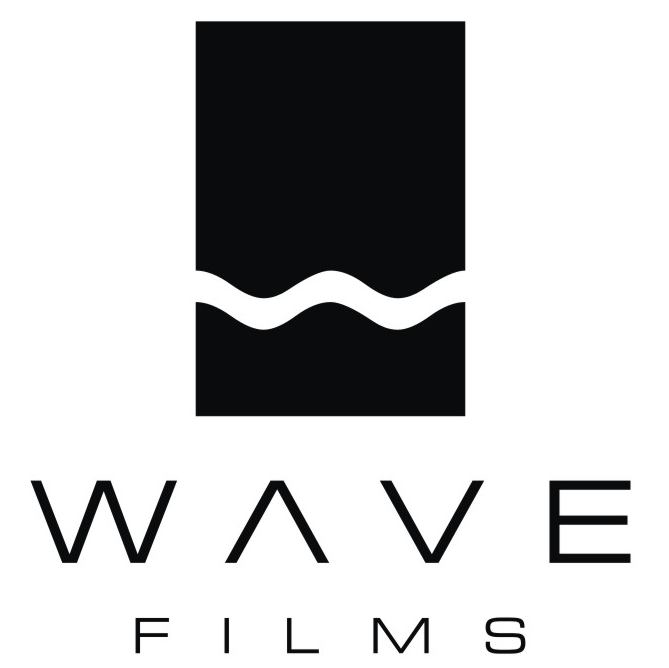Project timelines are getting shorter across the board. What used to take our freelancers days now takes any editor minutes with AI assistance.
This isn't about replacing people—it's about creating more opportunities for the Wave Films Family to take on projects we couldn't handle before.
When we can deliver faster and more cost-effectively, we win more work. And more work means more opportunities for our entire network of freelancers and partners.
Multiple Efficiency Gains Across Production
AI is transforming several key areas of our production workflow. Take rotoscoping, for example—what used to be a frame-by-frame process requiring days of specialized work now takes minutes with AI software. A skilled freelancer would spend days tracing objects and creating masks. Now we plug a video file into AI software and get results that match or exceed human work.
But rotoscoping is just one example. Storyboarding has become dramatically more efficient. Instead of hiring illustrators for initial concept drafts, we can generate visual references quickly and then have artists refine the creative elements.
The transformation is remarkable across multiple disciplines. What required days of specialized labor now takes any editor a few clicks. We pass those savings directly to clients, making our bids more competitive and winning more projects.
The AI film market is projected to reach $14.1 billion by 2033, growing at 25.7% annually. We're not just adapting to change—we're positioning ourselves to thrive in this expanding market.
Strengthening the Wave Films Family
Wave Films operates on family values. We take care of our crew, vendors, and partners. That's been our core since we started in 2012.
AI helps us live up to those values more effectively. When we can deliver projects faster and more cost-efficiently, we create more opportunities for everyone in our network.
The math is straightforward. Lower costs mean more competitive bids. More competitive bids mean more projects. More projects mean more work for our freelancers across different skill areas.
We're not eliminating opportunities—we're redirecting them. The freelancer who used to do rotoscoping can now focus on more creative VFX work. The illustrator who did basic storyboards can concentrate on character design and advanced visual development. Our editors handle the mechanical tasks with AI assistance.
This creates a win-win situation. Our freelancers get to work on more engaging projects, and we can offer clients better value while maintaining our margins.
Mechanical Tasks vs Creative Excellence
Whether it's rotoscoping, or file management, these aren't creative tasks. They're mechanical, tedious, detail-driven work that requires precision but not imagination.
AI excels at these mechanical tasks. It processes images, interprets patterns, and acts accordingly. It's faster, more consistent, and less likely to make errors than humans performing repetitive work.
This distinction guides every AI implementation decision we make. Mechanical tasks go to AI. Creative decisions stay with humans.
By automating the tedious work across multiple production areas, we free up our team to focus on what they do best—creative problem-solving, storytelling, and building relationships with people.
Market-Wide Adoption Across Asia
We operate across Singapore, Malaysia, and the Philippines. Every market is embracing AI with enthusiasm.
There's strong interest in AI benefits across Southeast Asia. Clients see the value in faster turnaround times and more competitive pricing.
Clients now expect AI integration across multiple areas. Storyboarding through AI is fully accepted. File management, compositing, basic VFX work, even initial concept development—these applications are becoming standard practice.
We're transparent about our AI usage because there's nothing to hide. Clients understand that AI helps us deliver better value while maintaining quality standards across all production phases.
Following a Familiar Pattern of Innovation
AI adoption follows a familiar pattern we've seen before. Digital cameras replaced film. Non-linear editing systems transformed post-production. Sound integration changed filmmaking forever.
Each technological shift created new opportunities while making production more efficient. The industry adapted, evolved, and continued producing better content.
Embracing technological change positions us for growth. Companies that integrate AI effectively across multiple production areas can take on more projects, serve clients better, and create more opportunities for their teams.
We're staying ahead of the curve because that's how we ensure long-term growth and success in an evolving industry.
The New Production Advantages
AI has fundamentally improved how we staff projects across multiple disciplines. Instead of needing specialized rotoscope artists, compositing specialists, and storyboard illustrators for every project, we hire them for projects or tasks where they can shine with their creative wizardry. Instead of budgeting for days of manual labor across different specialties, we account for minutes of AI processing.
These improvements compound across every production element. Concept development, storyboarding, post-production workflows—each area where AI provides efficiency gains strengthens our overall value proposition.
We're not just saving money. We're reinventing how film production works at the operational level to be more efficient and responsive to client needs.
The cost savings get passed to clients, making our services more accessible and allowing us to compete for larger projects that were previously out of reach.
Strategic Positioning for Growth
AI tools for rotoscoping, storyboarding, and ideation are becoming standard industry equipment. Using them effectively across multiple production areas gives us a competitive advantage.
Our strategic advantage comes from understanding when to apply AI and when to preserve human creativity. We use AI to eliminate mechanical bottlenecks while protecting the creative processes that define our work.
This balance allows us to remain cost-competitive while maintaining the quality standards that built our reputation across international markets.
The Wave Films Family grows stronger by adapting together. We embrace tools that make us more efficient while preserving the human elements that make our work meaningful.
AI isn't replacing creativity—it's eliminating the tedious work across multiple production areas that prevented us from focusing on creative challenges. That's a transformation we can embrace.
Because when we can deliver projects faster and more efficiently across every aspect of production, everyone in the Wave Films Family benefits from the increased opportunities that follow.
